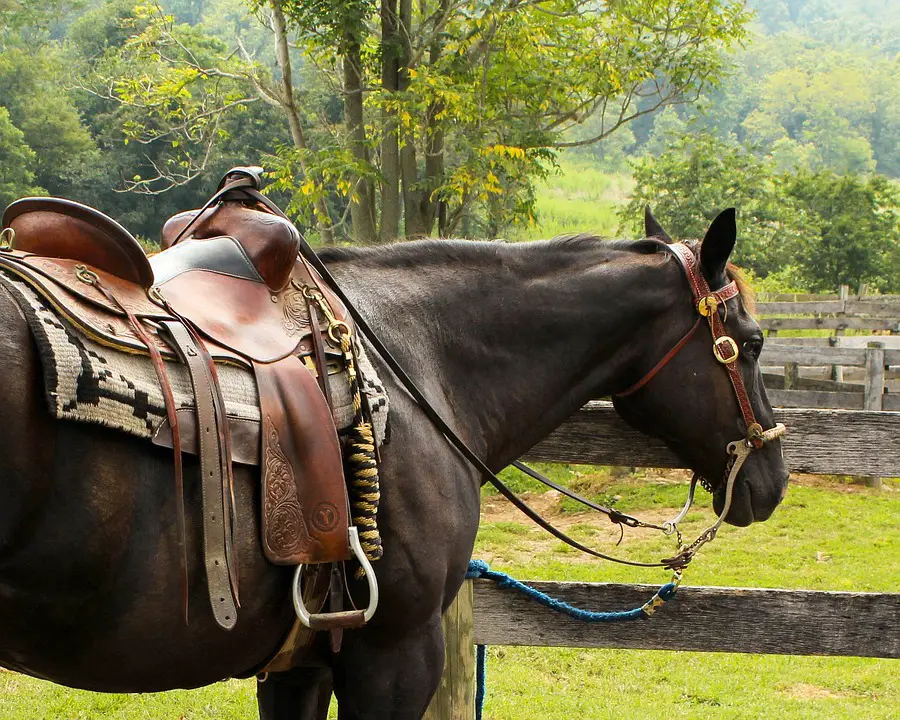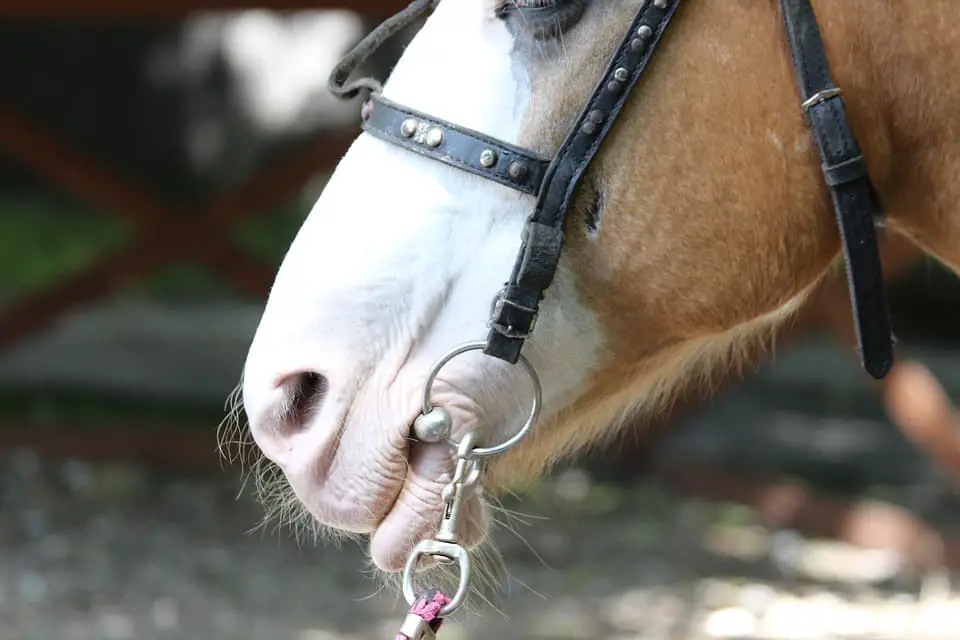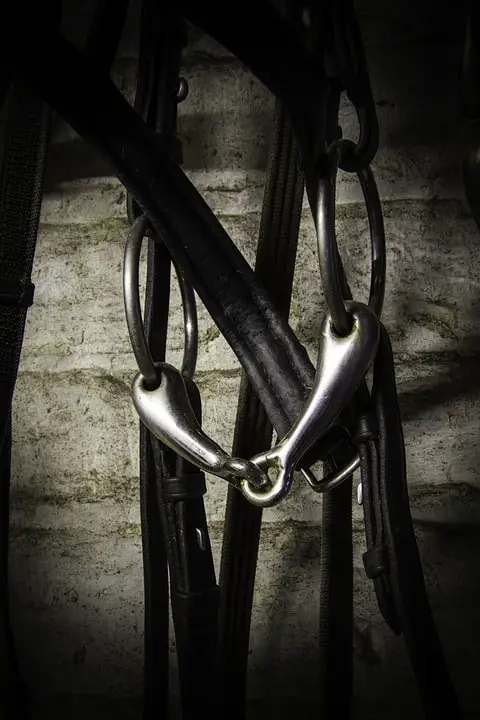Are you confused about how to choose a bit for your horse? Let me help!
Using a bit is a great way to communicate with and motivate your horse. You can also manipulate the behavior of your horse by choosing the right bit. However, before choosing a bit, there are multiple factors to keep in mind.
The most important factor is the comfort of your horse. A bad-fitting bit can cause pain and even injury to your horse. You should get comfortable with the different types of bits so that you can make the right choice for your horse.
Due to the many options available in the market, understanding different types of bits is overwhelming and challenging. Don’t worry, I have a handy guide to make it easier for you to understand different types of horse bits!
But in summary, there are two main types of horse bits:
- Snaffle bits.
- Curb bits.
A snaffle bit is a mild and gentle bit. Its reins are directly attached to the mouth of the horse and it only applies the amount of pressure you create by pulling the reins. It helps you to control the horse through direct contact by using reins.
Curb bits use leverage to control the horse. This leverage is used to enhance the pressure of your pull. The horse can also feel this pressure on its chin. In short, the horse will feel more pressure than you will actually apply.
Both snaffle and curb bits are available in wide ranges and styles. Here are the 3 steps that can help you with how to choose a bit for your horse.
Step 1: What stage of training is your horse at?
How to choose a bit for your horse will partially be determined by how experienced your horse is. Try to start with a snaffle bit if your horse is in the earlier stages of training. If you think your horse is difficult to control, then you can use a curb bit.

Snaffle bits have been used by cowboys for a very long time and they are very effective. If you have a young horse, it is better to use a mild and gentle bit.
Once your horse becomes more experienced, then you can switch to curb bits.
Step 2: Just like anything else, quick fixes are not a sustainable solution
Always take some time to think. Do some research and get some advice from the experts before buying a bit (or anything really!) for your horse.
If you choose something shiny that only seems good but your horse is not comfortable with it, then you are putting the health of your horse at risk. Quick fixes are not a good solution for any problem. Evaluate your alternatives carefully and then make a decision about a bit for your horse.
Step 3: To salivate or not to salivate – that is the question
So, the question is whether your horse should salivate more using a bit or not. The answer is “YES”. You should not use a bit that creates hindrance in the salivation process. Saliva helps to keep the mouth soft and lubricated, and prevents a sore mouth.

There are some materials that enhance salivation and some materials that do not. You should prefer materials that do enhance salivation, as that will impact the bit’s impact on your horse’s mouth.
Still confused about how to choose a bit for your horse? Ask for help!
Even with my three steps, sometimes it can be tough to properly assess your horse’s level and what bit is best suited for them. I would recommend doing some reading on online forums or on product reviews. You can also ask friends who have lots of experience with horses, or your trainer, if you have one.
Alternatively, you can always reach out to me in the comment box and I’ll get back to you! I would love to help further with how to choose a bit for your horse.
Happy riding!


I have a coming 5 yr old (May or technically already is as of January) mare. She was on a kimberwick bit when I bought her. I’m very light handed and have had no problems using it or her responding to it. Very rarely have to pull back to stop as she stops with “whoa”. Is keeping her on it ok or should I switch to a snaffle? Does this bit promote salivation?